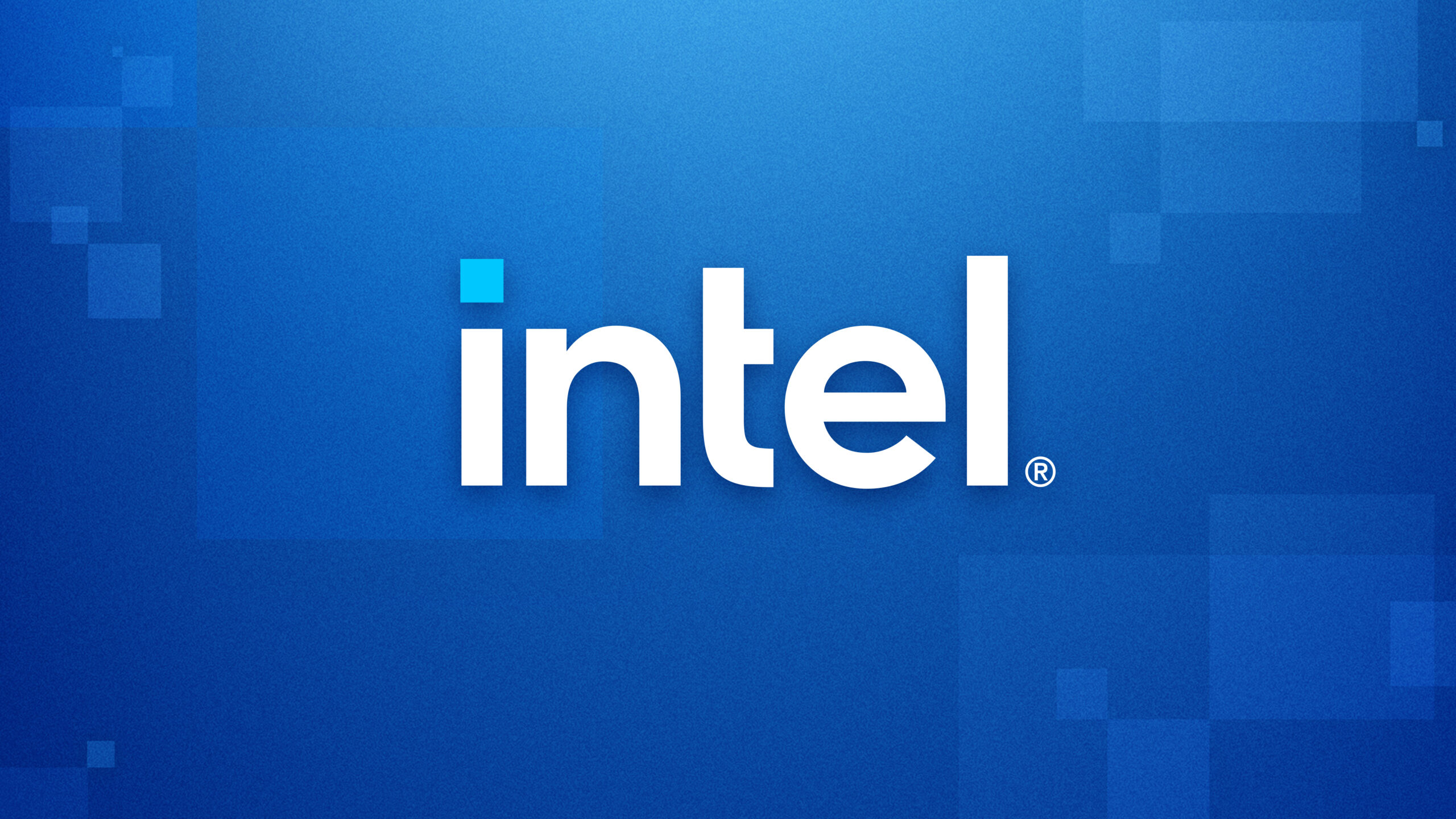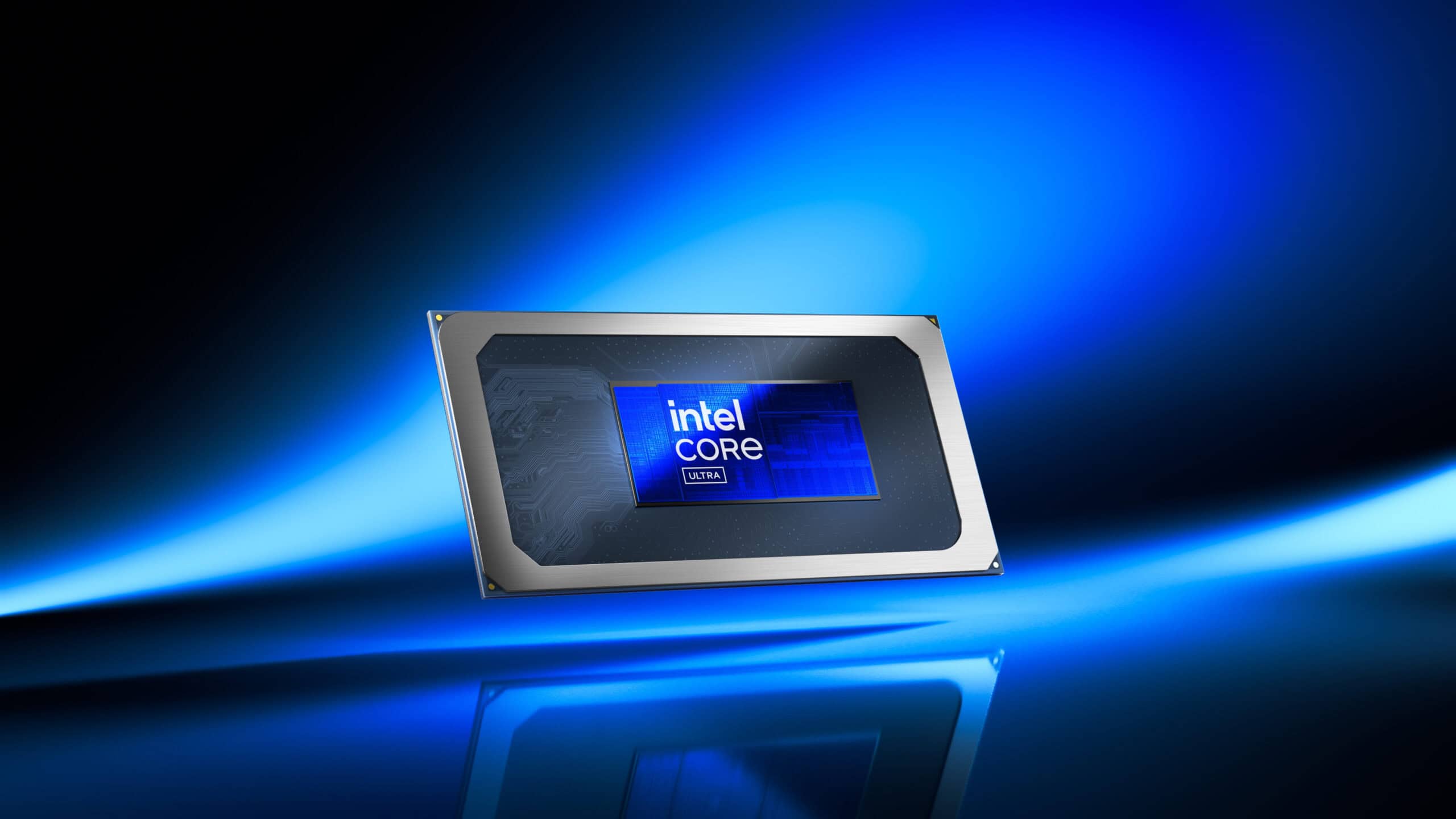Intel may finally be preparing to take the fight directly to AMD in the one area where it has consistently trailed: gaming performance. According to recent disclosures and insider reports, Intel is actively developing a processor with vertically stacked cache—technology that mirrors the core idea behind AMD’s wildly successful 3D V-Cache used in their Ryzen X3D CPUs.
Intel’s New Cache Tile Strategy
At the Intel Foundry Direct 2025 event, the company revealed a roadmap that includes a new “cache tile” integrated into future processors. While Intel has been experimenting with chip stacking for years through technologies like Foveros in mobile and server-grade CPUs, this would mark the first time the company is building a desktop CPU that leverages 3D-stacked L3 cache specifically for consumer gaming performance.
This innovation is built on Intel’s 18A-PT (PowerVia + RibbonFET) node, a next-generation process that supports Through Silicon Vias (TSVs)—the same foundational technology used in AMD’s 3D stacking. Intel plans to combine this with its Foveros Direct 3D packaging, allowing high-density die-to-die interconnects. The result? Dramatically faster access to large amounts of cache memory—ideal for boosting frame rates in gaming workloads.

Why 3D Cache Matters for Gamers
AMD’s X3D chips—like the Ryzen 7 7800X3D and upcoming Ryzen 9 9950X3D—stack massive amounts of L3 cache (up to 144MB) directly on top of the CPU die. This lets the processor keep more data close to the cores, reducing latency and cutting down on memory fetch times, which translates into significantly higher performance in CPU-bound games.
These advantages have made AMD’s X3D processors the undisputed kings of gaming benchmarks, routinely beating Intel’s fastest chips by double-digit percentages in titles like Hogwarts Legacy, CS2, and Starfield. Intel’s own Core Ultra 9 285K (Arrow Lake-S), while powerful on paper, still lags behind in several key gaming benchmarks—something even Intel has acknowledged.
AMD Isn’t Sitting Still
AMD is also raising the stakes. The company recently announced price cuts on its Ryzen 9000-series and is gearing up to launch its next-gen X3D chips on November 7, 2025, likely to coincide with Intel’s Arrow Lake refresh. The headliner of that launch, the Ryzen 9 9950X3D, is expected to feature 16 cores, 32 threads, and an enormous 144MB of L3 cache. It’s not just another refresh—it’s AMD doubling down on what works best in the gaming space.
What This Means for Intel
Intel is clearly feeling the pressure and has recognized that stacked cache is no longer just a niche feature—it’s a battlefield. The addition of a cache tile to their future CPUs suggests a strategy pivot toward low-latency, high-throughput gaming workloads. However, this next-gen chip isn’t arriving tomorrow.
The 18A-PT node and Foveros Direct packaging tech are still in early stages, and chips using this architecture are not expected to reach mass production until late 2026 or even 2027. This means that while Intel is on the right path, gamers won’t see a true “Intel X3D” competitor in the immediate future.
In the meantime, Intel may try to stretch its existing platforms—such as through an Arrow Lake refresh, more aggressive pricing, or BIOS updates to squeeze better gaming performance from the current Core Ultra 200 series.
Looking Ahead
The rivalry between AMD and Intel is entering a new phase—one where cache size and stacking methods matter just as much as core counts and clock speeds. Intel’s acknowledgment of the X3D advantage is a sign that the company is adapting to the evolving needs of high-performance gaming.
For PC gamers, this competition can only be a good thing. More players in the 3D-stacked cache arena means more innovation, more performance headroom, and potentially more options at different price points. While AMD currently holds the crown in gaming, Intel’s next move might change the game entirely.
Keep a close eye on Intel’s upcoming architecture announcements, especially around Nova Lake and further 18A developments. The next few years could redefine what gamers expect from high-end CPUs.
Key Takeaways
- Intel is developing a CPU with a cache tile, suggesting they’re working on an answer to AMD’s X3D technology for gaming.
- AMD continues to advance their X3D lineup with new models featuring up to 16 cores and 144 MB of cache.
- More competition in the high-performance gaming CPU market could lead to better options and possibly lower prices for gamers.
Intel’s Rumored X3D-Style Gaming CPU: Key Details and Features
Intel may soon challenge AMD’s dominance in gaming CPUs with their own version of 3D cache technology. This rumored development comes as Intel faces increased pressure in the gaming market from AMD’s successful X3D processors.
Rumors and Industry Leaks
Industry insiders suggest Intel is developing a gaming-focused CPU with stacked cache similar to AMD’s 3D V-Cache technology. The project reportedly accelerated after Intel admitted their Core Ultra 285K Arrow Lake processor couldn’t match the performance of AMD’s Ryzen 7 9800X3D.
Several leaks point to Intel using TSMC’s advanced packaging technology rather than their in-house manufacturing. This strategy would help Intel quickly catch up to AMD’s established 3D cache implementation.
The new processors might debut at CES 2025, where Intel could showcase their answer to AMD’s gaming dominance. Reddit forums have been buzzing with leaked benchmarks showing promising results from early engineering samples.
Potential Architectural Innovations
Intel’s approach likely differs from AMD’s vertical cache stacking. Engineers may be integrating the extra cache directly with their P-cores while leaving E-cores unchanged to manage thermal constraints.
The technology might use a hybrid bonding method that allows for more direct connections between the core and cache layers. This could potentially reduce latency compared to AMD’s implementation.
Intel may implement a smart cache management system that dynamically allocates the 3D cache resources based on workload demands. This would efficiently utilize the expanded cache for gaming while avoiding unnecessary power consumption.
The design reportedly focuses on maintaining reasonable thermal design power (TDP) levels despite the additional cache. Heat dissipation has been a challenge for 3D-stacked technologies.
Expected Performance and Specifications
The rumored flagship model might feature 24 cores (8 P-cores and 16 E-cores) with 32 threads. This configuration would target both gaming and content creation workloads.
Cache size could reach up to 100MB total, with about 64MB coming from the new 3D-stacked implementation. This substantial cache increase would significantly benefit gaming performance.
Expected specifications include:
- Socket: LGA-1851
- PCIe 4.0 support
- Base clock: 3.6GHz
- Boost clock: 5.7GHz on P-cores
- TDP: 125W (with 250W maximum power draw)
Benchmark leaks suggest up to 15% gaming performance gains over standard Arrow Lake chips. The processor would likely support Intel’s existing overclocking features.
Comparison With AMD X3D CPUs
Intel’s offering would directly compete with AMD’s Ryzen 9 9950X3D, which features 16 cores, 32 threads, and 144MB of cache. The 9950X3D operates at a remarkably efficient 54W TDP while boosting to 5.4GHz.
AMD currently holds several advantages in the gaming space. Their Ryzen 7 9800X3D remains the gaming performance champion according to recent benchmarks shared on Reddit.
Intel might undercut AMD on pricing to gain market share. The rumored chip could launch at $50-100 less than comparable Ryzen X3D models.
The biggest challenge for Intel will be matching AMD’s thermal efficiency. Current X3D processors from AMD deliver exceptional performance while consuming significantly less power than Intel’s top chips.
Implications for the Gaming and Hardware Ecosystem
Intel’s potential entry into the X3D-style CPU market would reshape competitive dynamics and create new opportunities for gamers and developers. This move could trigger industry-wide changes affecting performance standards, hardware compatibility, and software optimization.
Impact on PC Gaming Performance
If Intel delivers a CPU with expanded cache similar to AMD’s X3D technology, gamers would benefit from more choices in high-performance processors. This competition could drive prices down while pushing performance up across the board.
Steam game libraries might see better frame rates on Intel systems, especially for cache-sensitive titles that currently favor AMD’s X3D chips. Games with large assets and complex environments would likely see the biggest improvements.
The Steam Deck and other portable gaming devices could eventually benefit from these advancements, as mobile variants might follow. This would be particularly important as games become more resource-intensive.
Integration with Intel’s graphics technology could also create interesting synergies that AMD currently enjoys between their CPUs and RDNA architecture.
Compatibility With Motherboards and Partners
Hardware partners like ASRock, MSI, and Gigabyte would need to adapt their motherboard designs to accommodate Intel’s enhanced cache technology. This might require new chipsets or updated BIOS implementations to fully support the expanded capabilities.
The transition could create short-term challenges for system builders and OEMs as they update their product lines. Early adopters might face typical new-technology hurdles including limited board options and higher prices.
USB4 and other modern connectivity standards would likely be part of any new platform Intel develops for these gaming-focused CPUs. This would create additional value beyond raw gaming performance.
Manufacturers might also develop specialized cooling solutions, as the additional cache could increase thermal output compared to standard processors.
Microsoft and Software Optimization
Microsoft would play a key role in optimizing Windows for Intel’s new cache design. Updates to scheduler algorithms in Windows could help applications better utilize the expanded cache resources.
Game developers would need time to fully leverage the new architecture. Initially, some games might show minimal improvements while others could see significant gains based on their code structure.
Development tools would evolve to help programmers identify opportunities for cache optimization. This could lead to better coding practices that benefit all platforms.
DirectX and other Microsoft gaming technologies would likely receive updates to better leverage both Intel and AMD’s cache-heavy designs, creating a more unified approach to high-performance gaming on PC.
Frequently Asked Questions
Intel’s rumored X3D-style gaming CPU aims to compete with AMD’s successful 3D V-Cache technology. This new approach could significantly change Intel’s position in the gaming CPU market.
What are the anticipated features of Intel’s upcoming gaming CPUs?
Intel’s upcoming gaming CPUs are rumored to include a dedicated cache tile, similar to AMD’s X3D technology. This design would stack additional cache memory on top of the processor.
The new processors will likely focus on gaming performance rather than general productivity tasks. Intel appears to be developing this technology specifically to address their competitive gap in gaming.
Reports suggest these CPUs might maintain high single-core clock speeds while adding the benefits of expanded cache memory.
How does Intel’s new technology compare with the current best processors for gaming?
Currently, AMD’s X3D processors lead in gaming performance thanks to their 3D V-Cache technology. AMD’s chips don’t have the highest raw clock speeds but excel in games due to their large cache.
Intel’s approach would directly target this advantage. If successful, Intel could close or eliminate the gaming performance gap that has favored AMD.
The comparison will ultimately depend on Intel’s implementation quality and how games utilize the additional cache.
What advancements will Intel’s X3D technology bring to gaming performance?
The addition of a cache tile should reduce memory latency in games, leading to higher and more consistent frame rates. Games often access the same data repeatedly, making cache size particularly important.
This technology could particularly benefit open-world games and titles with large, detailed environments. These games typically load many assets during gameplay.
Intel’s implementation might also include optimizations for specific game engines or types of gaming workloads.
What is the expected release timeline for Intel’s next-generation gaming CPUs?
While no official timeline exists, industry rumors point to Intel’s cache-enhanced gaming CPUs possibly arriving with the Nova Lake generation. This would put the release sometime after current-generation processors.
Intel seems to be taking a measured approach rather than rushing to market. The technology requires significant engineering work to implement properly.
Some sources suggest we might see announcements in late 2025 or 2026, though Intel has not confirmed any dates.
How will Intel’s future CPUs for gaming integrate with existing hardware platforms?
Intel’s gaming-focused CPUs will likely require new motherboards due to the significant architectural changes. The cache tile design represents a major shift in Intel’s approach.
Compatibility with existing cooling solutions remains uncertain. The 3D stacking of cache might affect thermal design requirements.
RAM compatibility should remain straightforward, though optimized memory kits might appear to take full advantage of the new cache architecture.
Are there any known collaborations or game developers optimizing for the upcoming Intel gaming processors?
No specific game developer partnerships have been announced for Intel’s rumored X3D-style processors. Intel typically works with major game studios, but no formal announcements exist yet.
Intel’s developer relations team would likely begin optimization work well before public release. This process involves providing early hardware to developers and creating optimization guides.
Game engine companies like Epic (Unreal Engine) and Unity might be early partners to ensure their widely-used tools can fully utilize the new cache architecture.







